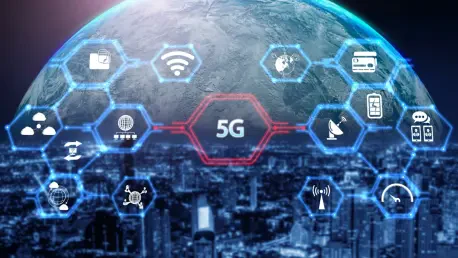
Telecommunication companies and infrastructure players are laying the groundwork for a hyperconnected future. But from smarter homes to transcontinental fiber networks, they seem to be fighting through a sector driven by acronyms, bandwidth, and bold claims. The way the industry shares its progress

Every telecom executive has heard the pitch: IoT will transform industries with real-time insights and predictive operations. The reality? Most projects stall before they deliver business value. For context: recent industry research shows the gap is real—about 70% of manufacturers report they can’t

Over the past decade, the telecommunications industry has become the nervous system of the digital economy. Enterprises no longer simply buy “connectivity”—they rely on their communications partners to enable remote work, customer interactions, data analytics, and global collaboration. The rise of

Globally, businesses waste $65 billion annually on telecom inefficiencies (redundant infrastructure—duplicated towers, overlapping fibre lines, and underutilised assets) that deliver little added value. Telecommunications companies didn't build networks intending to fragment connectivity or

The telecommunications or telecom industry faces numerous limitations, including operational complexities, inventory management challenges, and personalized customer care difficulties. Managers need to address these issues early to retain business success. Enter software applications as enterprise

For more than a decade, the telecom industry’s north star has been 5G. Faster speeds. Lower latency. Greater device density. With each G, operators have raced toward the next performance threshold, armed with promises of next-gen connectivity and economic transformation. But as 5G networks approach